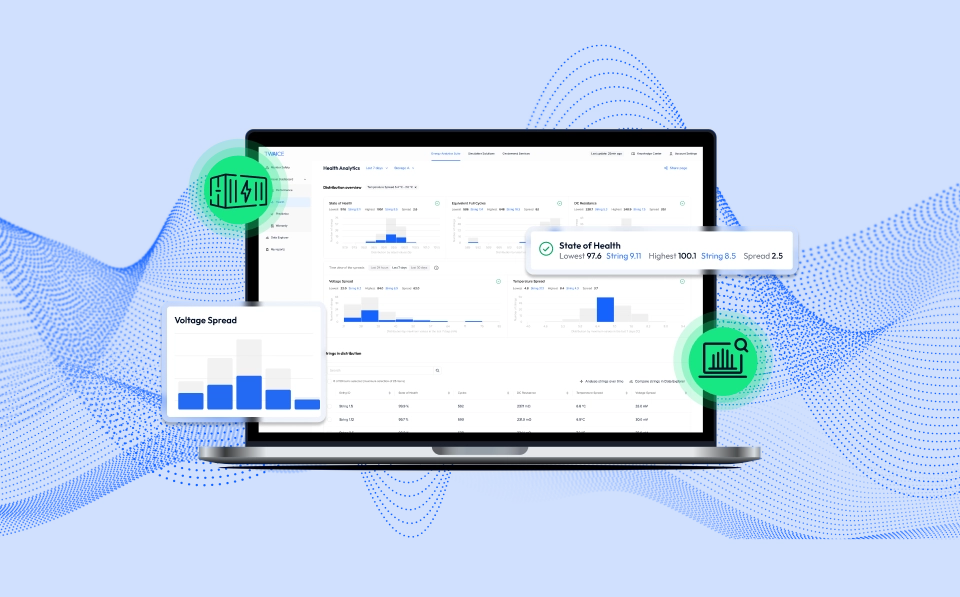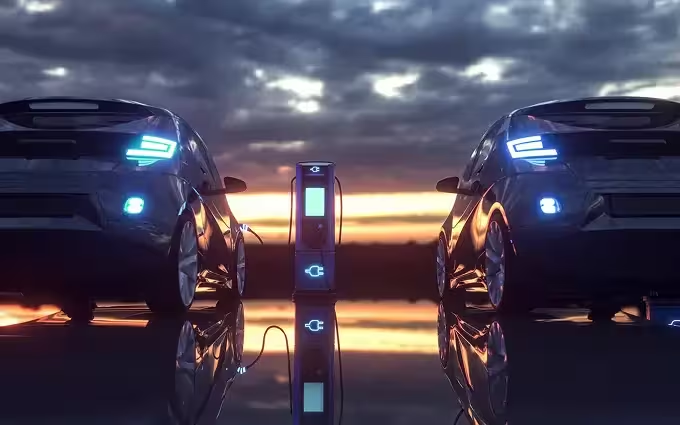What kind of e-bus charging strategies exist and what is their impact on battery health and aging? This whitepaper provides these answers and shows how battery analytics can help operators make data-driven, informed decisions regarding the best charging strategies for their e-bus fleets.
.avif)
E-bus charging strategies
How to understand the impact of charging strategies on e-bus batteries
Introduction
If you visit a bus depot in a city, you get a good sense of the challenges faced by public transport providers who are transitioning from diesel to electric buses. Whilst the refueling structure for diesel buses is comparable to regular gas stations for consumers, the charging infrastructure for large e-bus fleets creates a major challenge for the organization of bus depots. More space is required, as well as technologies such as transmission network capacity and load planning.
Above all, charging strategies can have major implications for the overall health and lifetime of the battery. As the battery is generally the most expensive component of buses, bus fleet operators need to be aware of factors that can cause the battery to age faster. In this whitepaper, we explain the implications of different charging strategies on battery health and aging.
Download the whitepaper & read about the following topics:
- Different charging strategies and their implications for the battery
- Battery aging drivers
- Effects of different charging strategies on battery aging
- Battery analytics as a solution

See TWAICE Energy Storage Analytics in Action
Sign up for the next live group demo and learn how TWAICE can transform your BESS operations. In just 30 minutes, you’ll get a demo of key features and use cases, and engage with our product experts for a live Q&A.



.avif)

